Unlocking Bone Secrets: 25+ Surprising Osteoporosis Facts You Need to Know
Unlock the Secrets to Stronger Bones: Prepare to be Amazed by These Osteoporosis Facts!
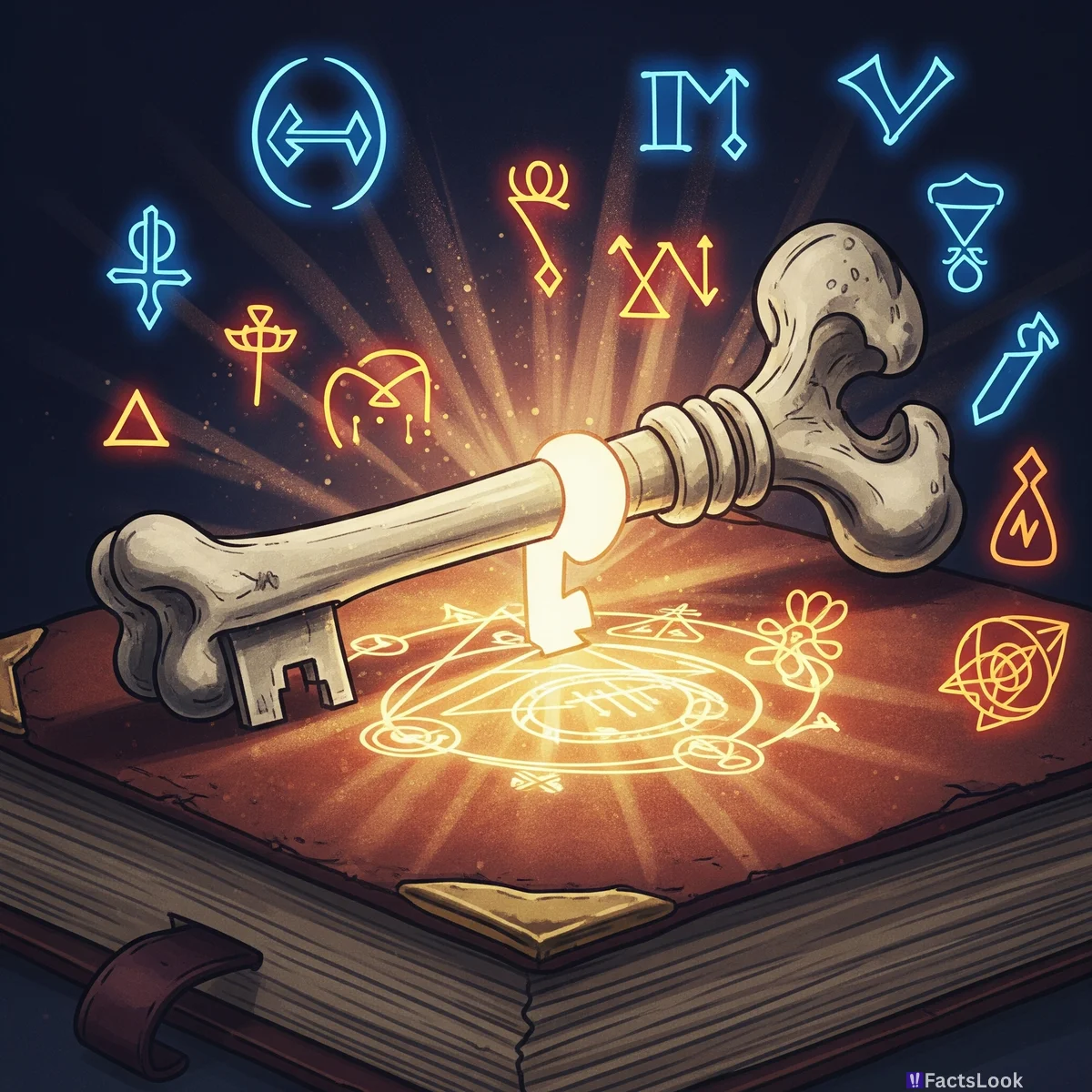
Think you know osteoporosis? Think again! This silent disease affects millions, yet many misconceptions exist. Get ready to dive deep into the world of bone health and uncover surprising truths about osteoporosis you absolutely NEED to know. From hidden risk factors to game-changing prevention strategies, this listicle will empower you to build stronger bones and live a healthier, more vibrant life. Let's bone up on knowledge!
1. Osteoporosis: The Silent Thief Stealing Bone Density
Osteoporosis often earns the moniker 'silent thief' because bone loss can occur without any noticeable symptoms until a fracture happens. This progressive condition weakens bones, making them fragile and prone to breaking from minor falls or even everyday stresses like coughing or bending. Early awareness is crucial for safeguarding bone health.
2. Bones are Living Tissues, Constantly Renewing Themselves
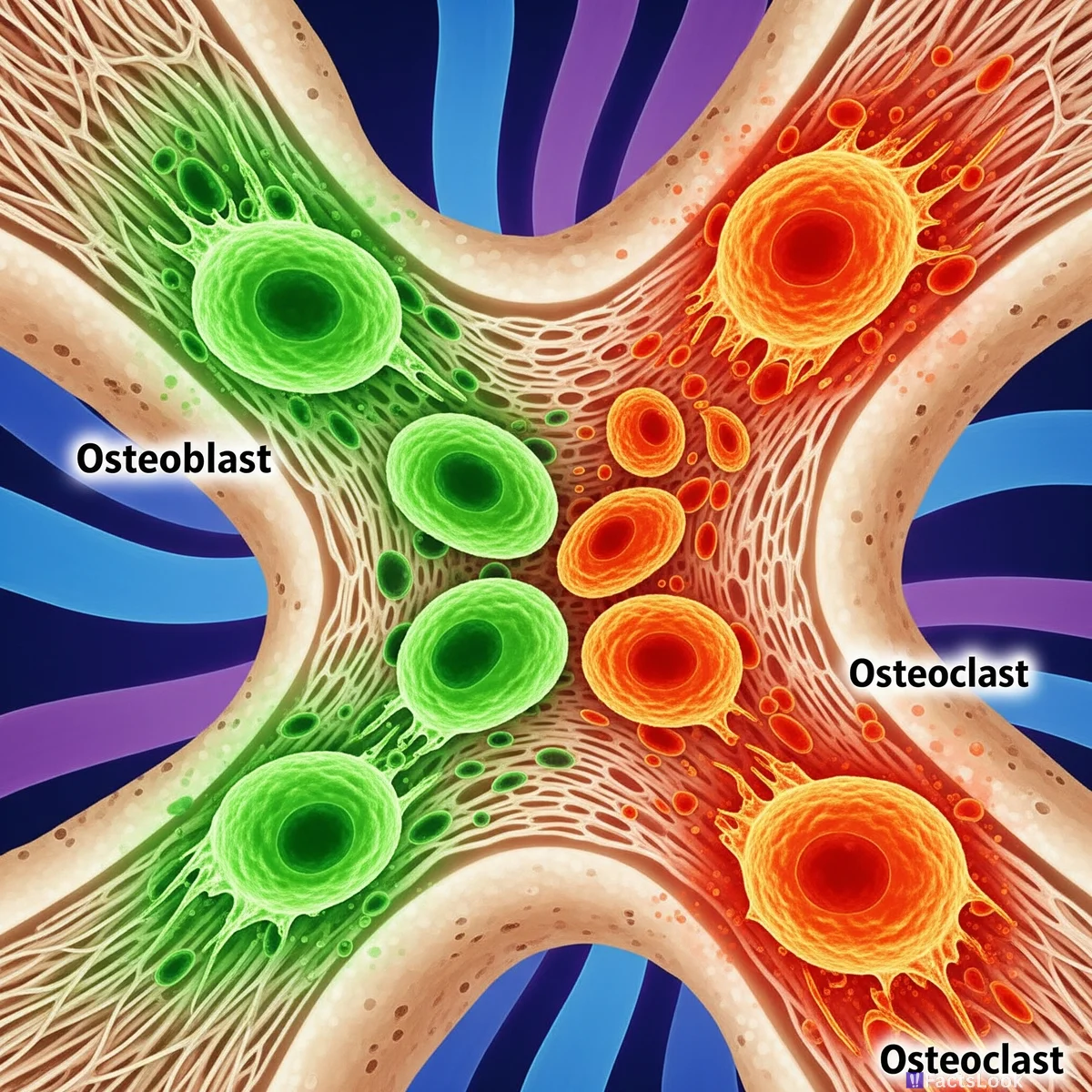
Contrary to popular belief, bones are not static, inert structures! They are living tissues undergoing continuous remodeling – old bone is broken down and replaced by new bone tissue. This dynamic process, essential for bone health, is disrupted in osteoporosis, leaning towards more breakdown than building.
3. Osteoporosis Affects Millions Globally, But Many Remain Undiagnosed
Osteoporosis is a widespread global health issue affecting millions of people, predominantly older adults, yet a significant portion remains unaware of their condition. This lack of diagnosis hinders timely intervention and increases the risk of debilitating fractures. Regular screenings are paramount, especially for high-risk groups.
4. Women are More Prone, Especially After Menopause, But Men Aren't Immune
While women, particularly post-menopausal women due to estrogen decline, face a higher risk of osteoporosis, men are also susceptible. Approximately one in five men over 50 will experience an osteoporosis-related fracture. Bone health awareness and preventative measures are vital for both genders.
5. Peak Bone Mass: Building a Strong Foundation in Your Youth
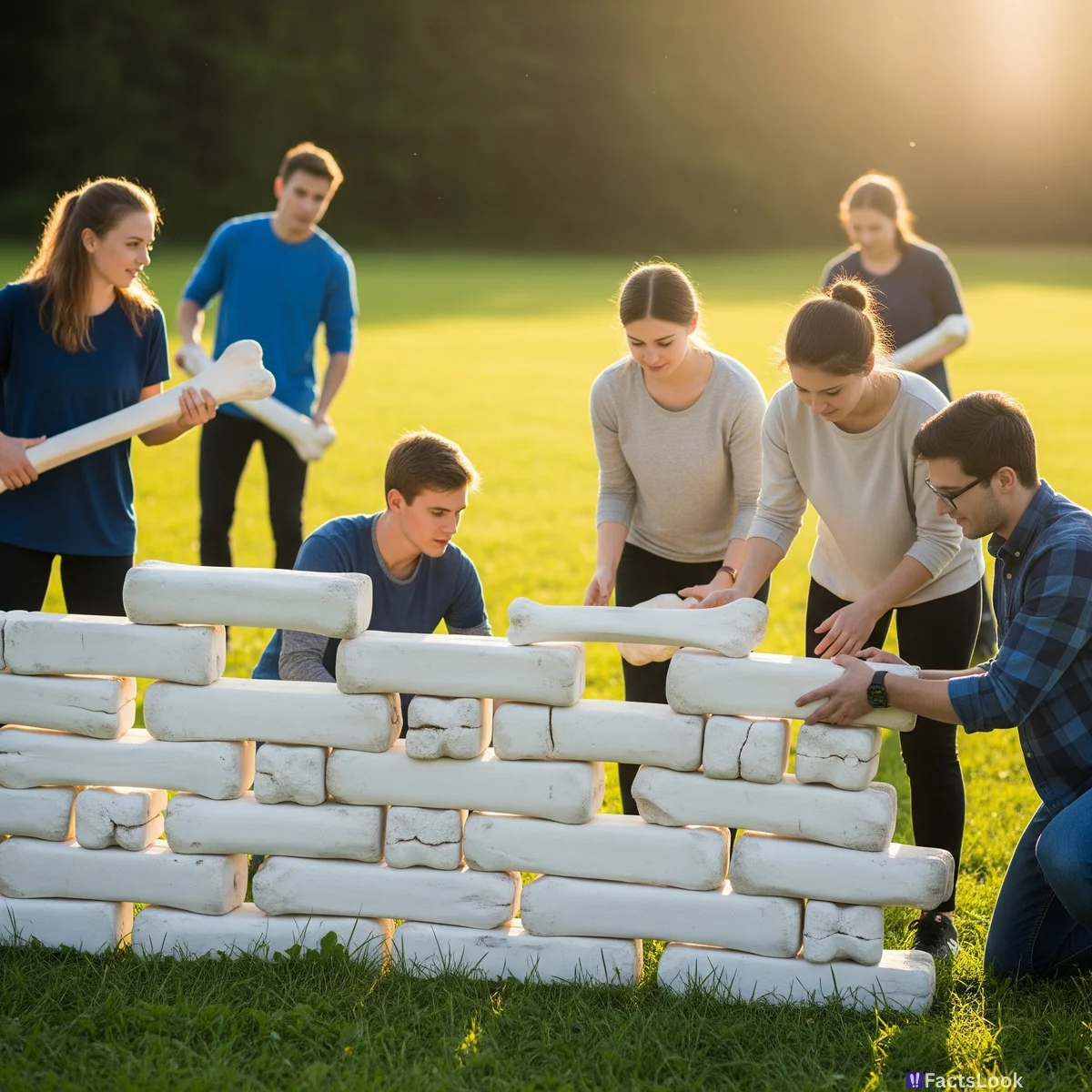
We build most of our bone mass during childhood and adolescence, reaching 'peak bone mass' around age 30. Think of it as building bone reserves. Maximizing bone density early in life is crucial for lifelong bone health and reducing osteoporosis risk later. Invest early for future strength!
6. Calcium is King, But Vitamin D is the Queen of Bone Health
Calcium is well-known for bone strength, but Vitamin D plays an equally critical role. Vitamin D aids calcium absorption in the gut – without enough Vitamin D, your body can't effectively use the calcium you consume. This dynamic duo is essential for optimal bone health.
7. Weight-Bearing Exercise: Your Bones' Best Friend

Weight-bearing exercises, activities where your bones and muscles work against gravity, are incredibly beneficial for bone health. Activities like walking, jogging, dancing, and strength training stimulate bone cells, promoting bone density and strength. Move your body, strengthen your bones!
8. Smoking and Excessive Alcohol: Bone Health Saboteurs
Lifestyle choices significantly impact bone health. Smoking and excessive alcohol consumption are detrimental, hindering bone formation and increasing bone loss. Quitting smoking and moderating alcohol intake are powerful steps toward protecting your skeletal system and overall well-being.
9. Certain Medications Can Unintentionally Weaken Bones
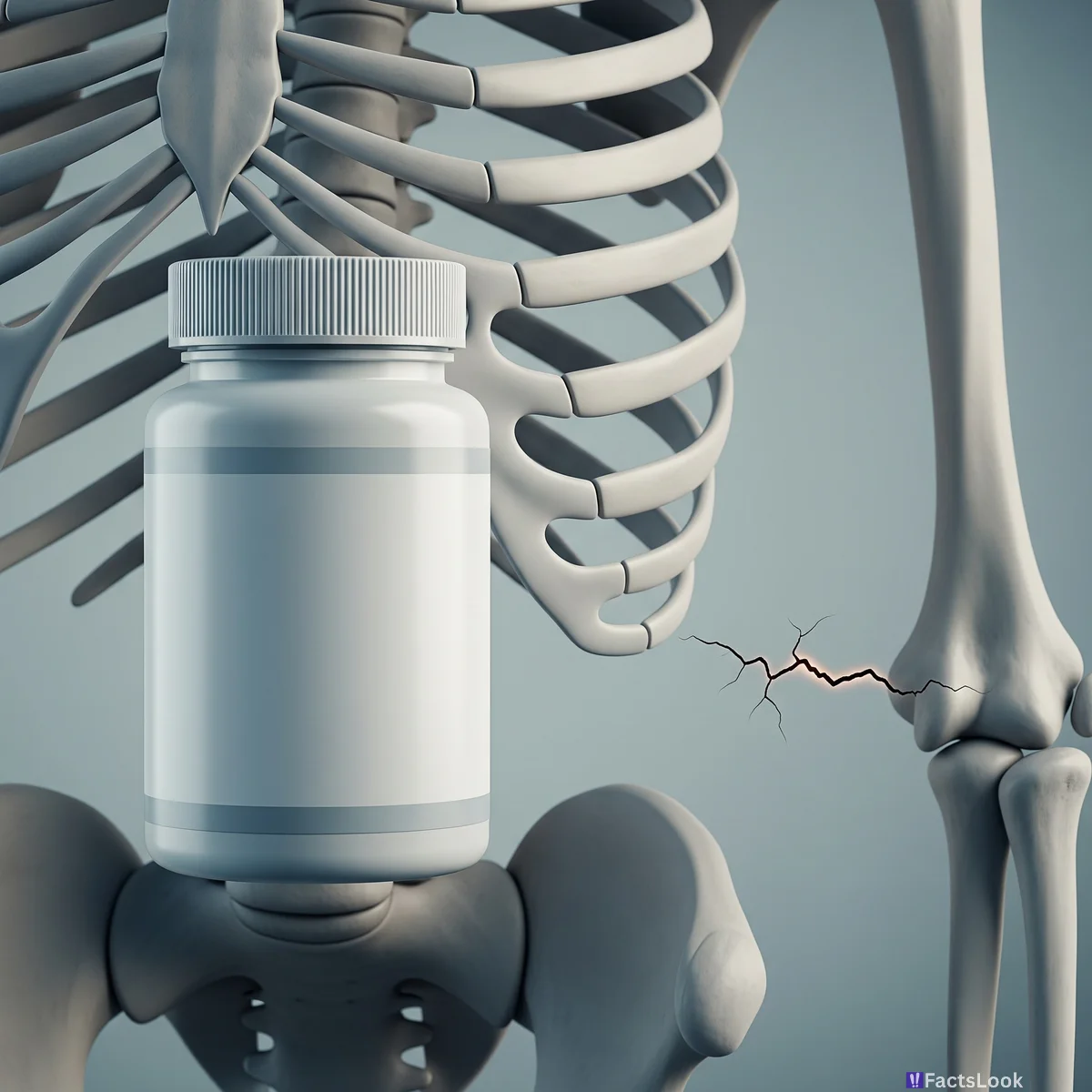
Some medications, like long-term corticosteroids (prednisone), certain anti-seizure drugs, and some cancer treatments, can have side effects that negatively impact bone density. If you're on such medications long-term, discuss bone health monitoring and preventative strategies with your doctor.
10. Bone Density Tests: Measuring Your Bone Strength
Bone density tests, like DXA scans, are painless and non-invasive ways to measure your bone mineral density. These tests help diagnose osteoporosis, assess fracture risk, and monitor treatment effectiveness. Talk to your doctor about when bone density testing is appropriate for you.
11. Fractures: The Painful Consequence of Osteoporosis
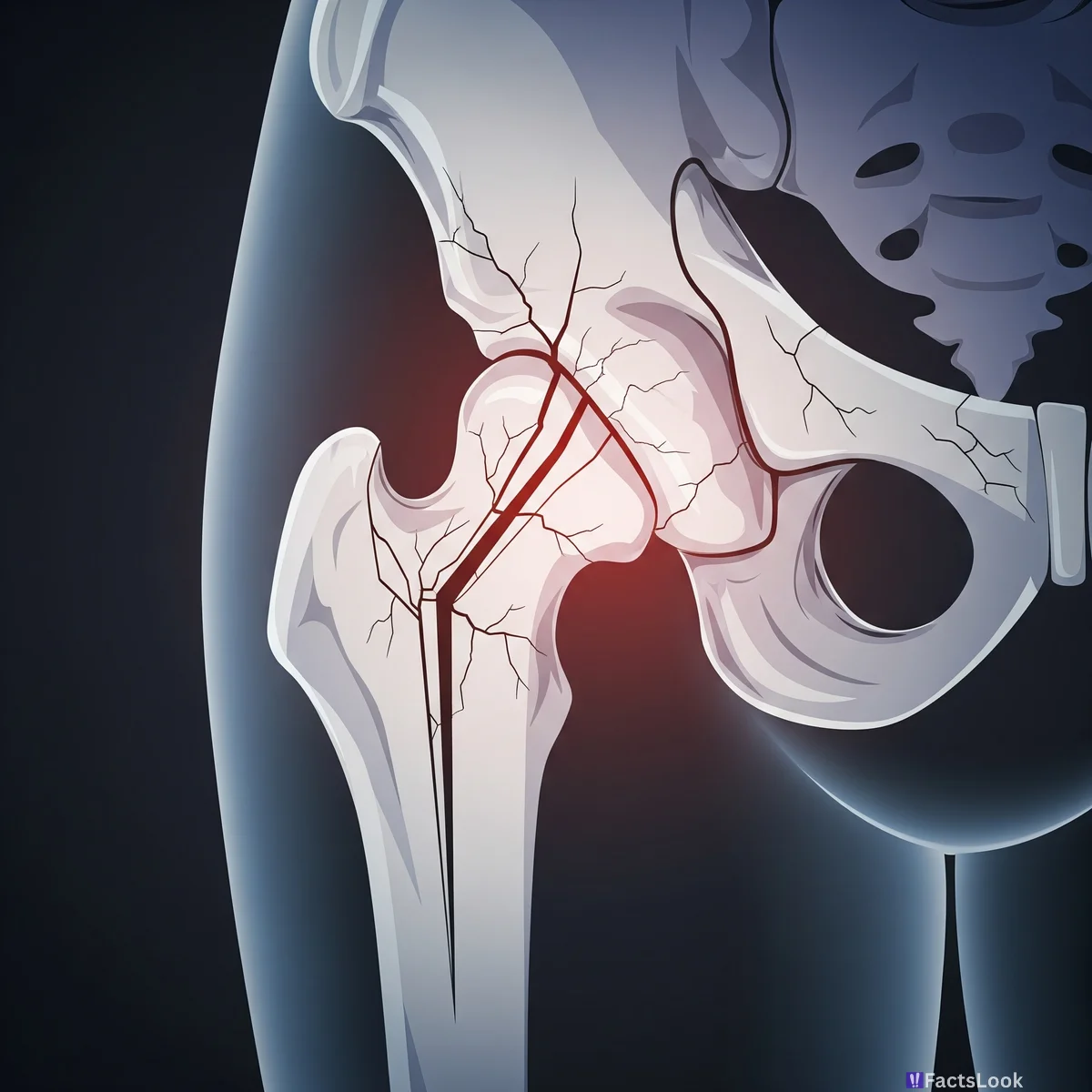
Osteoporosis drastically increases the risk of fractures, particularly in the hip, spine, and wrist. These fractures can lead to significant pain, disability, loss of independence, and even increased mortality risk in older adults. Prevention is key to avoiding these life-altering events.
12. Osteoporosis Isn't Just an 'Old Person's Disease'
While more common in older adults, osteoporosis can affect people of all ages, including younger individuals and even children in rare cases. Certain medical conditions, genetic factors, and lifestyle choices can contribute to bone health issues at any age. Early attention to bone health is crucial across the lifespan.
13. Diet Rich in Calcium and Vitamin D: Bone-Building Fuel
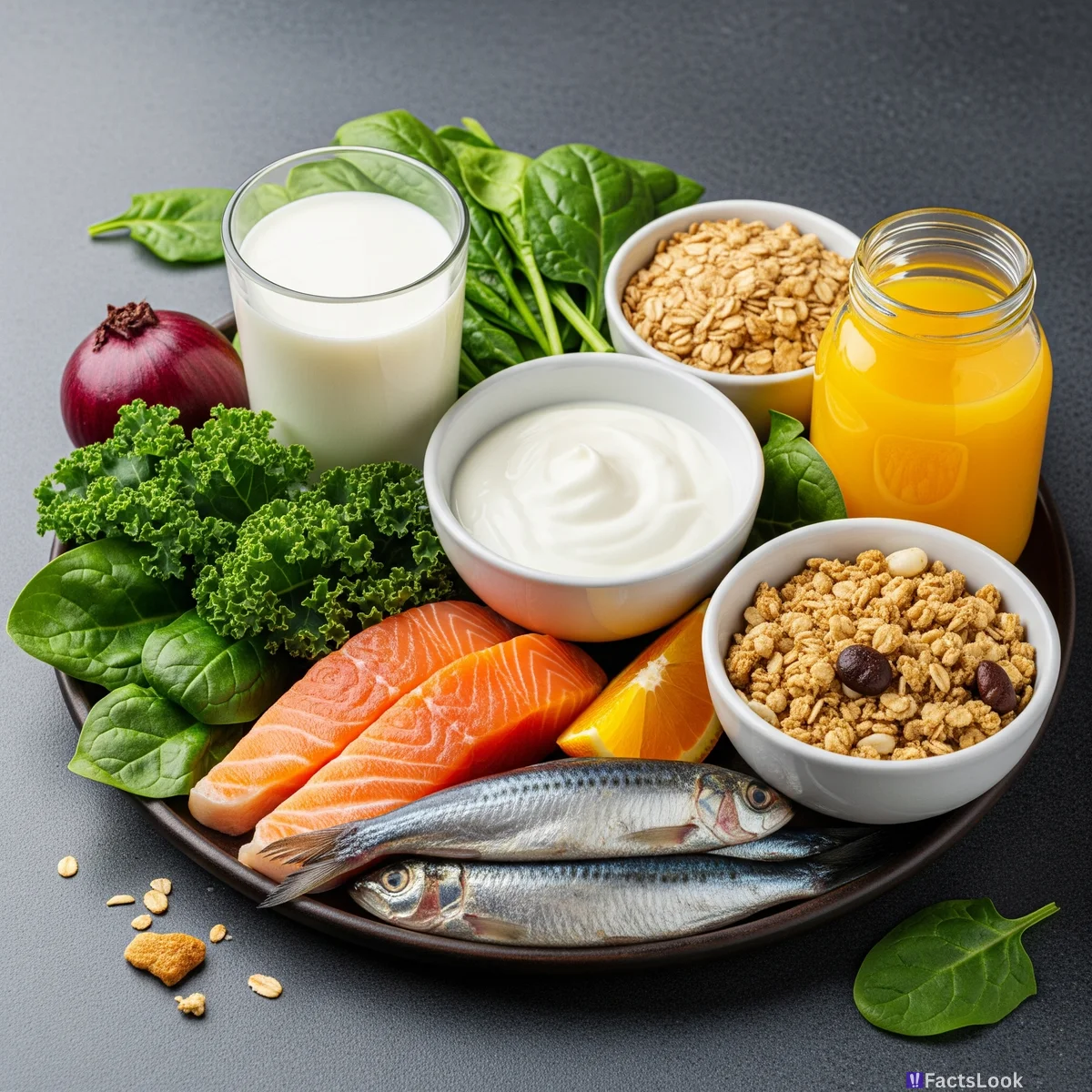
Consuming a diet rich in calcium and vitamin D is fundamental for strong bones. Dairy products, leafy green vegetables, fortified foods, and fatty fish are excellent sources. Consider dietary adjustments or supplementation as needed, especially if you are at risk of deficiency.
14. Sunlight Exposure: Your Natural Vitamin D Booster
Sunlight exposure helps your body naturally produce vitamin D. Safe sun exposure (around 10-30 minutes of midday sun several times a week, depending on skin type and location) can contribute significantly to vitamin D levels. However, be mindful of sun safety and avoid excessive exposure.
15. Balance and Fall Prevention: Reducing Fracture Risk
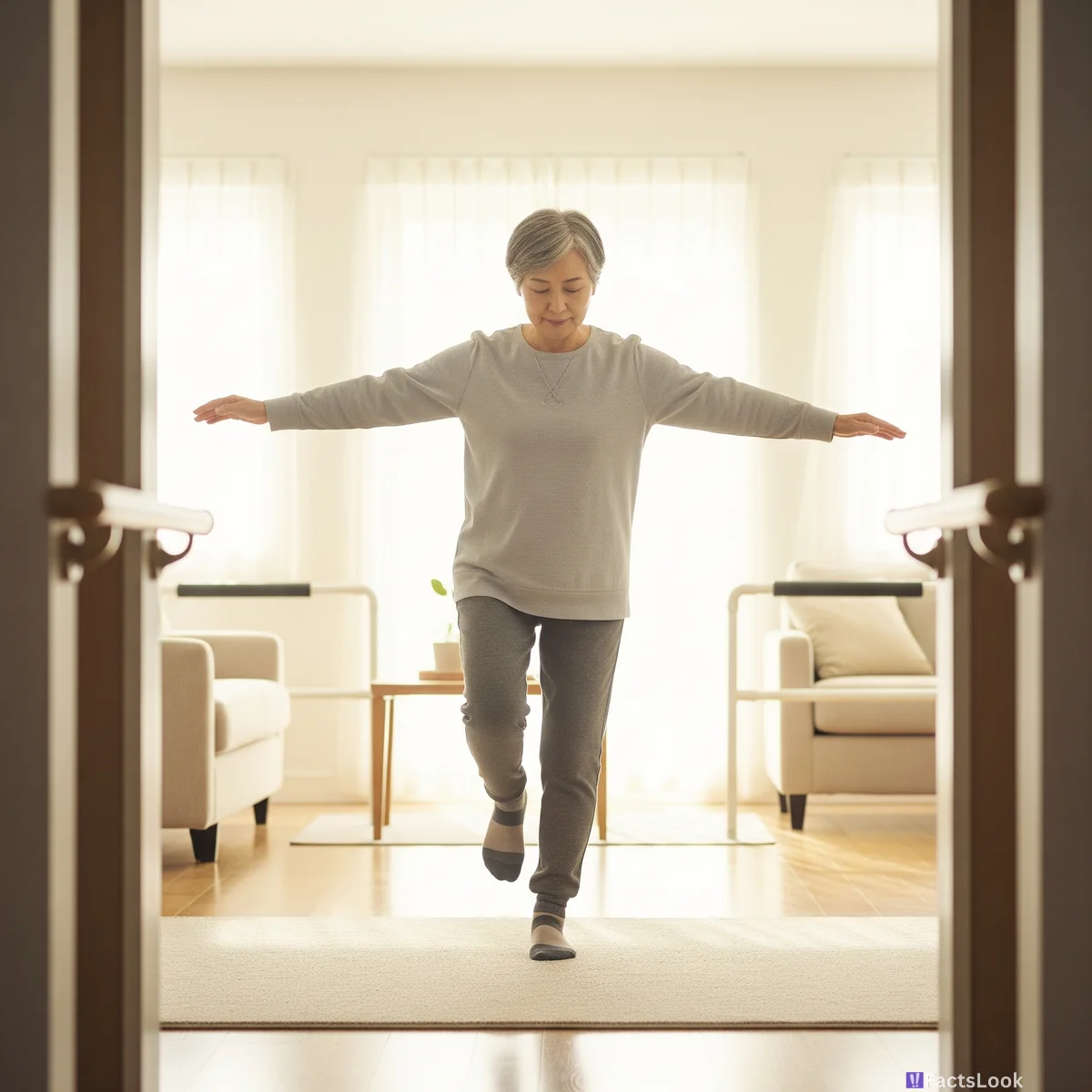
Falls are a major cause of fractures in people with osteoporosis. Improving balance, strength, and home safety can significantly reduce fall risk. Practices like Tai Chi, yoga, and simple home modifications (removing rugs, good lighting) can make a big difference.
16. Osteoporosis Management: It's Not Just About Medication
While medications are crucial for treating osteoporosis, management involves a holistic approach. Lifestyle modifications – diet, exercise, fall prevention – are equally important for maximizing bone health and overall well-being. Treatment is a comprehensive and personalized journey.
17. Bone-Healthy Habits Start Early in Life and Continue Throughout
Building strong bones is a lifelong commitment. Establishing bone-healthy habits in childhood and adolescence, and maintaining them throughout adulthood, is the most effective strategy for preventing osteoporosis and ensuring skeletal strength for years to come.
18. Hip Fractures: A Serious Osteoporosis Complication
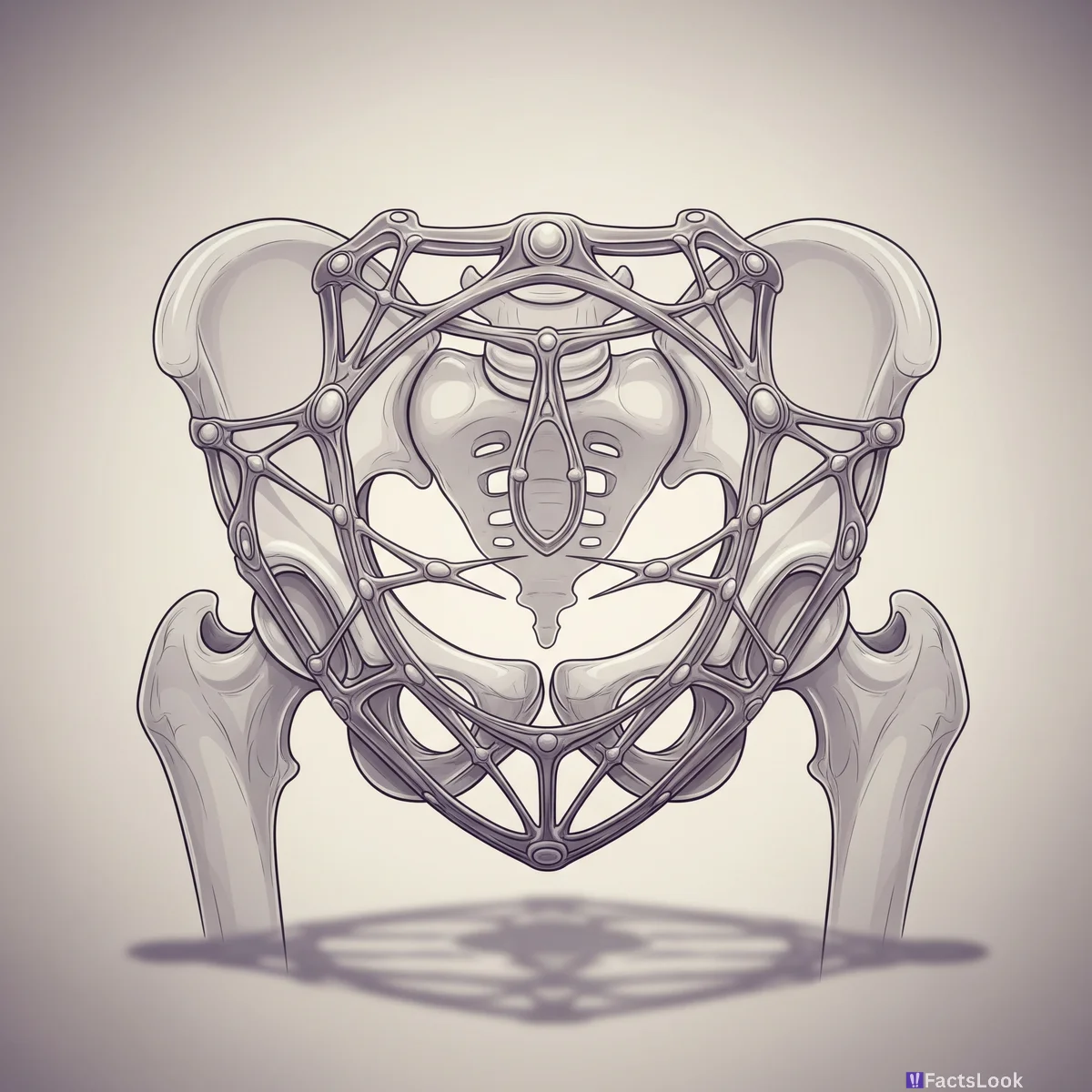
Hip fractures are among the most devastating consequences of osteoporosis, often requiring surgery, long-term rehabilitation, and significantly impacting quality of life. Preventing hip fractures is a primary goal of osteoporosis management, highlighting the severity of the condition.
19. Vertebral Fractures: Often Painless, But Can Cause Height Loss and Posture Changes
Vertebral (spine) fractures due to osteoporosis can sometimes be painless initially, but over time they can lead to height loss, a hunched posture (kyphosis), and chronic back pain. These 'silent' fractures are important to identify and address for long-term skeletal health.
20. Osteoporosis in Men Often Underdiagnosed and Undertreated
Osteoporosis in men is often underdiagnosed and undertreated compared to women, leading to poorer outcomes after fractures. Increased awareness and screening for men at risk are essential to address this gender disparity in osteoporosis care and improve men's bone health.
21. Genetic Predisposition: Family History Matters for Bone Health
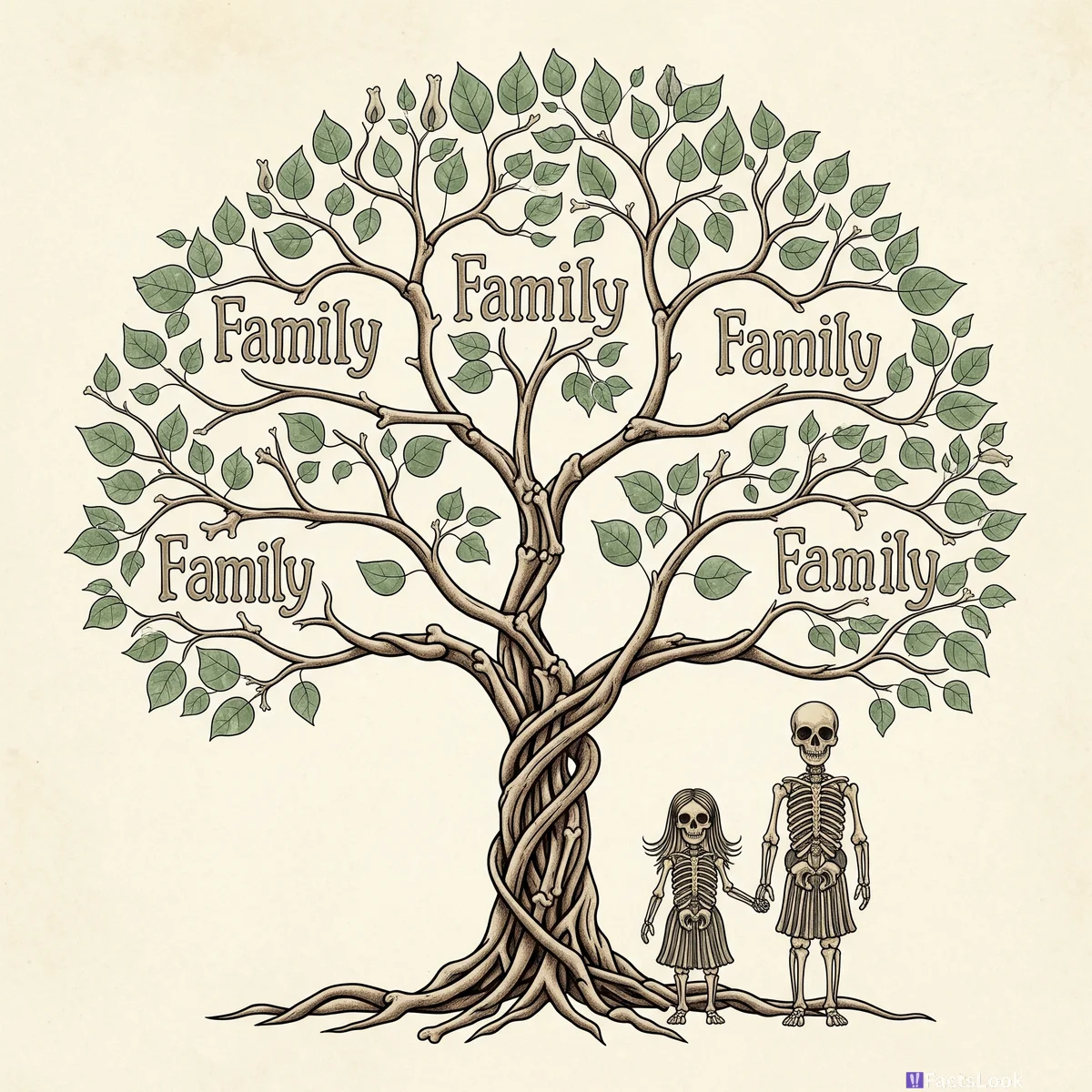
Genetics plays a role in bone density and osteoporosis risk. Having a family history of osteoporosis or fractures significantly increases your own risk. Knowing your family history can prompt earlier screening and preventative measures for bone health.
22. Beyond Dairy: Non-Dairy Calcium Sources for Bone Strength
If you're lactose intolerant or prefer non-dairy sources, you can still get plenty of calcium! Fortified plant-based milks, tofu, almonds, leafy greens (like kale and collard greens), and canned salmon with bones are excellent non-dairy calcium options for strong bones.
23. Collagen: The Protein Framework of Your Bones
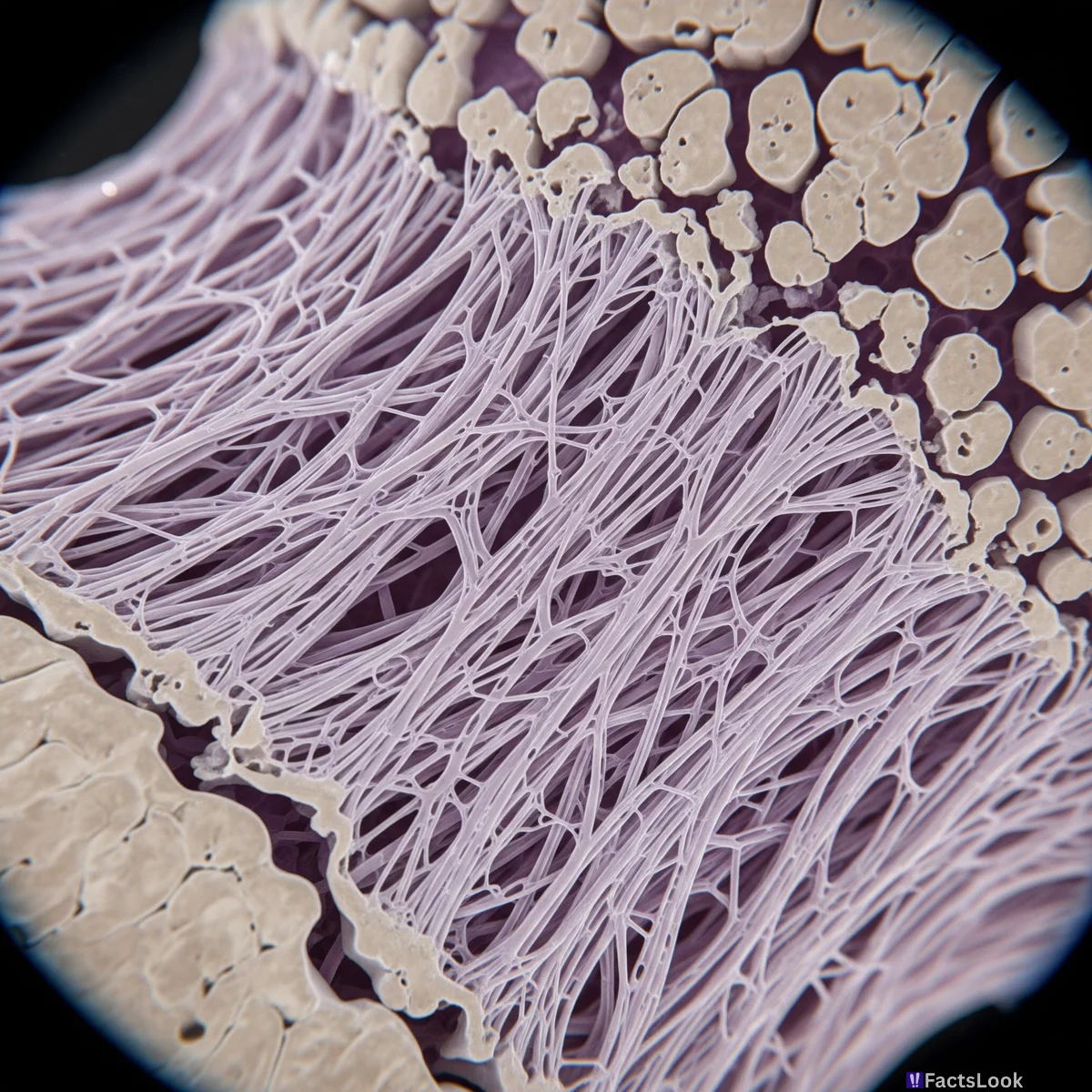
Collagen is a protein that forms the structural framework of your bones, providing flexibility and strength. Adequate protein intake, along with calcium and vitamin D, is crucial for optimal bone health. Think of collagen as the scaffolding upon which bone minerals are deposited.
24. Regular Check-ups: Discuss Bone Health with Your Doctor
Don't wait for a fracture to think about bone health! Discuss bone health with your doctor during regular check-ups, especially if you have risk factors for osteoporosis. Proactive conversations can lead to early screening, preventative strategies, and better bone health outcomes.
25. Osteoporosis Research: Hope for Future Breakthroughs

Ongoing research continues to advance our understanding of osteoporosis, leading to new diagnostic tools, treatments, and preventative strategies. The future of osteoporosis management is promising, with researchers working towards even more effective ways to combat this condition and improve bone health for all.
Spread the Knowledge, Strengthen the World!
Empower yourself and others with bone health knowledge! Share these facts with your friends and family to raise awareness about osteoporosis prevention and promote stronger, healthier bones for everyone. Let's build a community committed to skeletal strength and well-being.
Comments
Loading comments...